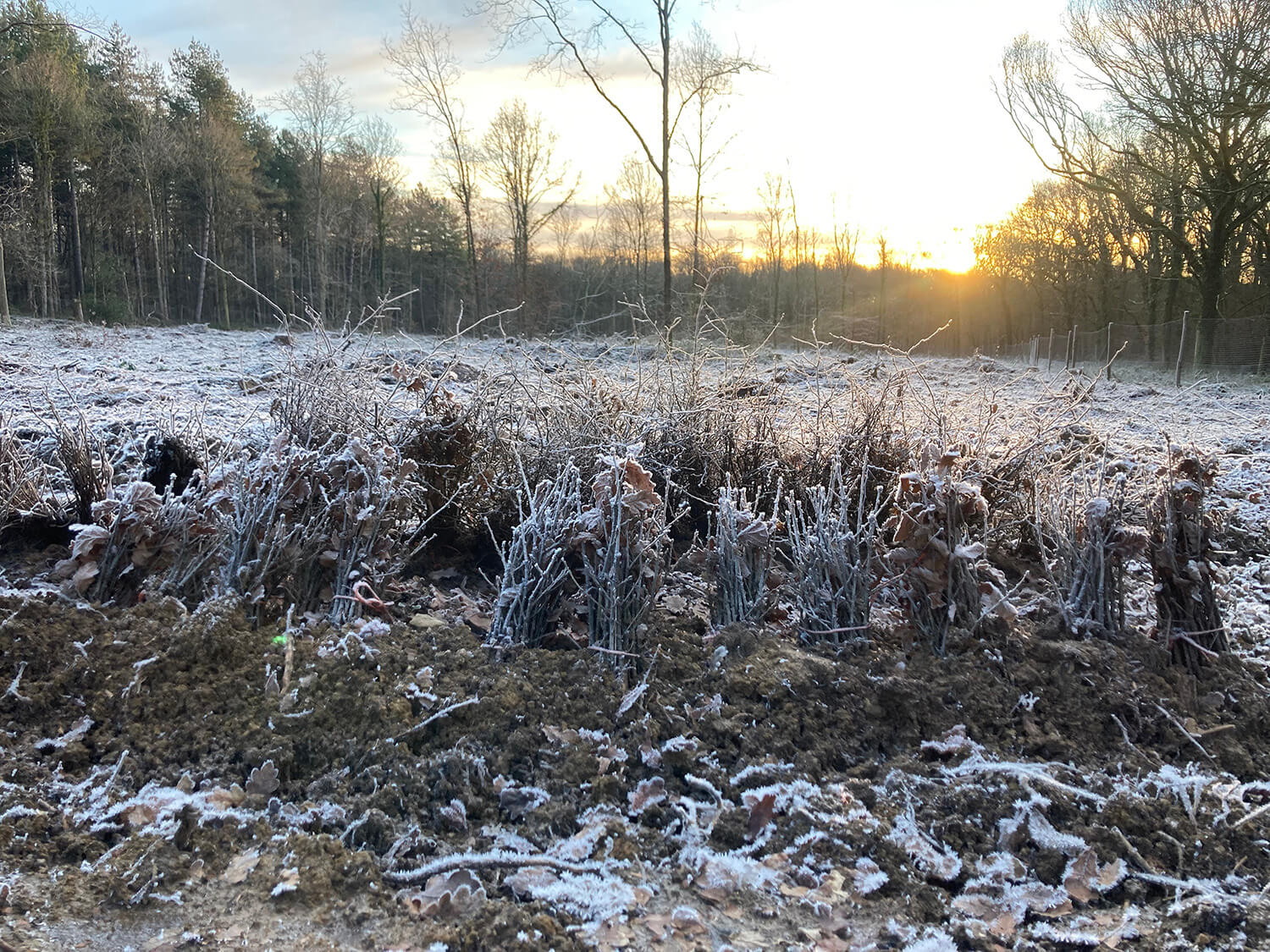Coolstays supported the planting of 800 climate resilient trees across the UK in 2022-23
This year, Coolstays has committed to plant 800 climate resilient trees in partnership with GreenTheUK and the Royal Forestry Society. Benefits of planting these trees could increase each woodland's resilience to pests, diseases and/or climate change as well as enriching local biodiversity and sequestering carbon. In this report, learn more about the different tree species planted by Coolstays.
.svg)
Tree Species Planted:
350 trees planted in County Down
At this site, a uniform block of non-native spruce trees have been replaced with a mix of native broadleaved trees and Scots pine. The new trees will grow at different rates and create many different habitats for local wildlife. The new woodland will also connect wooded habitats and features in the local area, helping woodland wildlife to move between habitats more easily.
212 trees planted in Northumberland
This woodland was devastated by Strom Arwen in 2021. Mature trees were uprooted by the storm and many trees that could have been sold for timber were smashed as they fell. These trees were decades old and the work that has gone into growing and caring for them has sadly come to very little. By supporting this project you are directly helping to alleviate the devastating effects of this storm and grow a storm resilient woodland for the future.
238 trees planted in West Sussex
Norway spruce has been felled to make way for a mix of native broadleaf trees. These trees will help to provide shelter, food and habitats for local wildlife. Trees such as hazel and crab apple will provide nuts and fruit for mammals and birds. Some of the trees (such as guelder rose) are especially good for pollinating insects. In 100 years (or more) some of the oak trees that are planted could be felled to provide sustainable building materials.

UN's Sustainable Development Goals
As a GreenTheUK partner, you support projects that are in line with the UN Sustainable Development Goals.

Take urgent action to combat climate change and its impacts.

Sustainably manage forests, combat desertification, halt and reverse land degradation, halt biodiversity loss.

























































.jpg)
.jpg)
